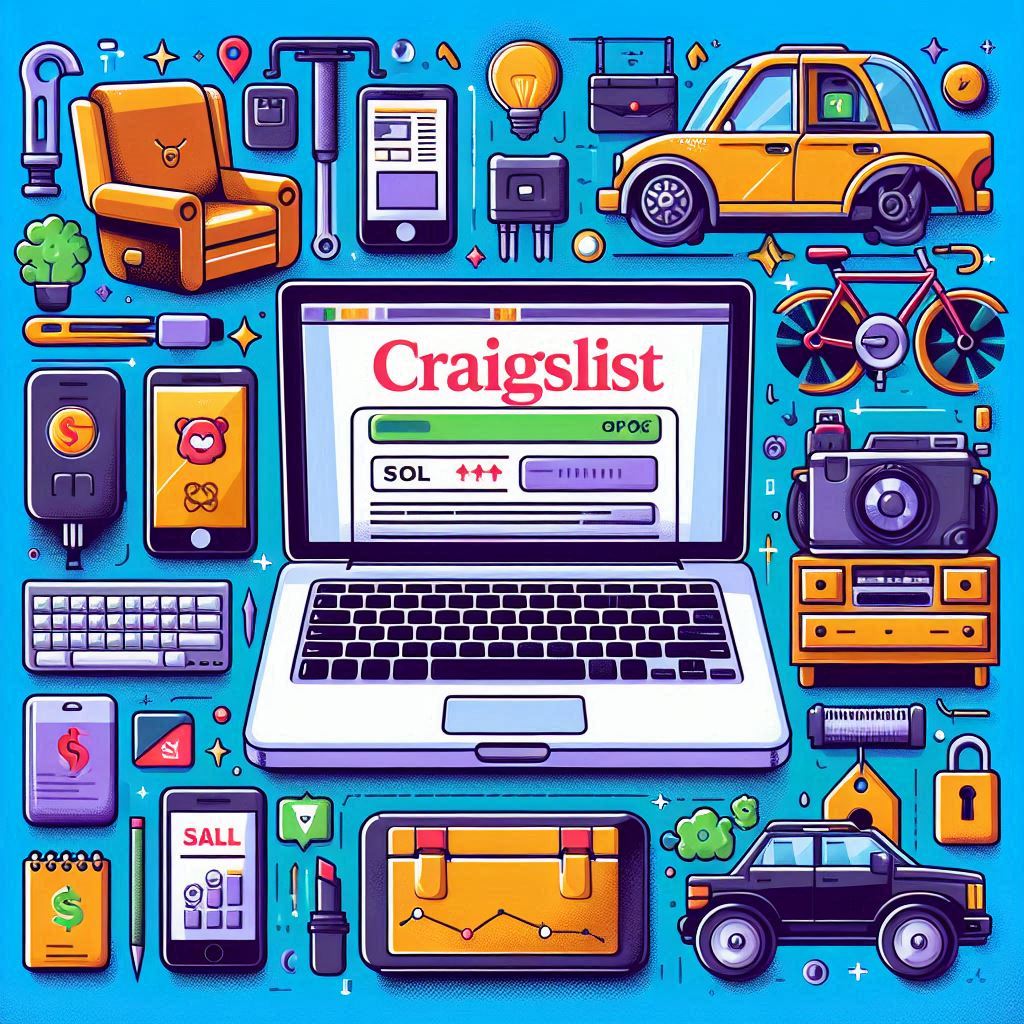Safe & Savvy: Avoiding Scams & Staying Secure on Craigslist
Craigslist is a popular online platform for buying and selling a wide range of items locally. Its ease of use and vast reach make it a great option for finding deals and connecting with buyers in your community. However, it’s important to be aware of the potential risks involved and take precautions to ensure your … Read more










